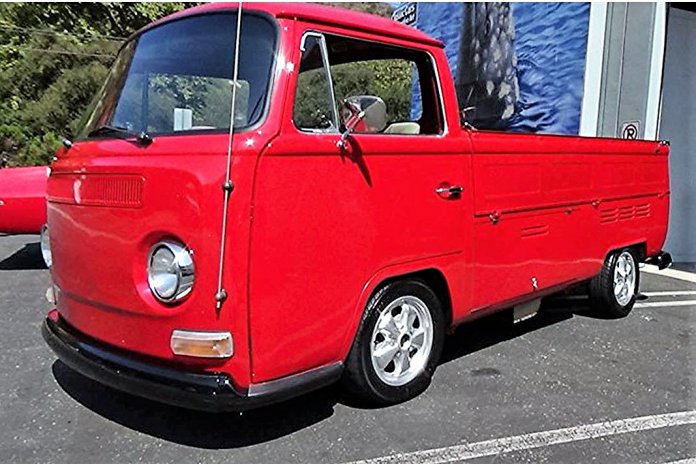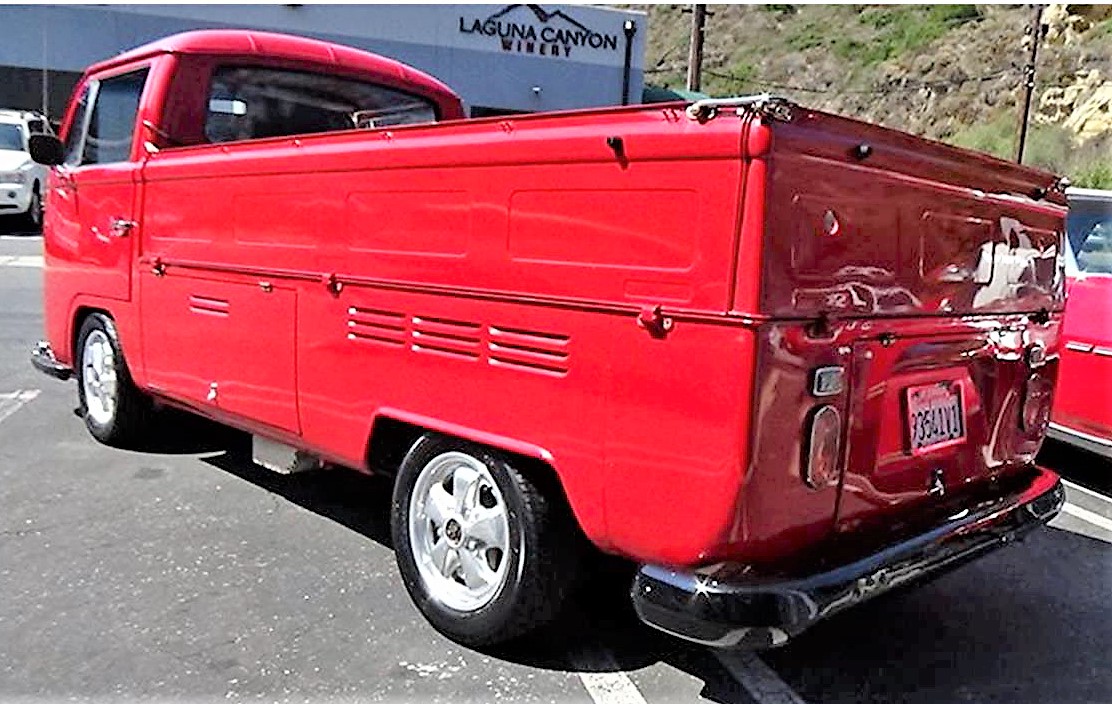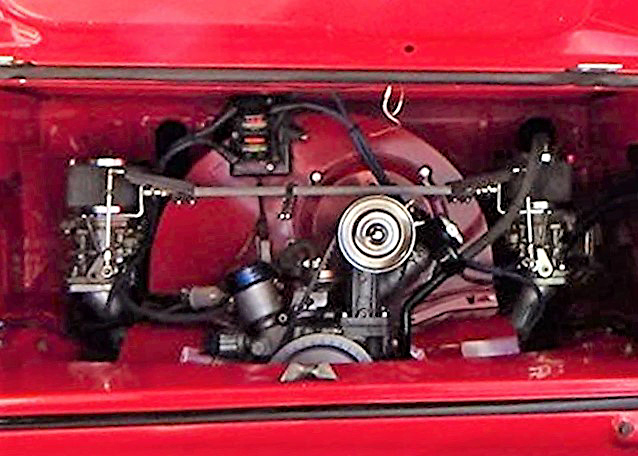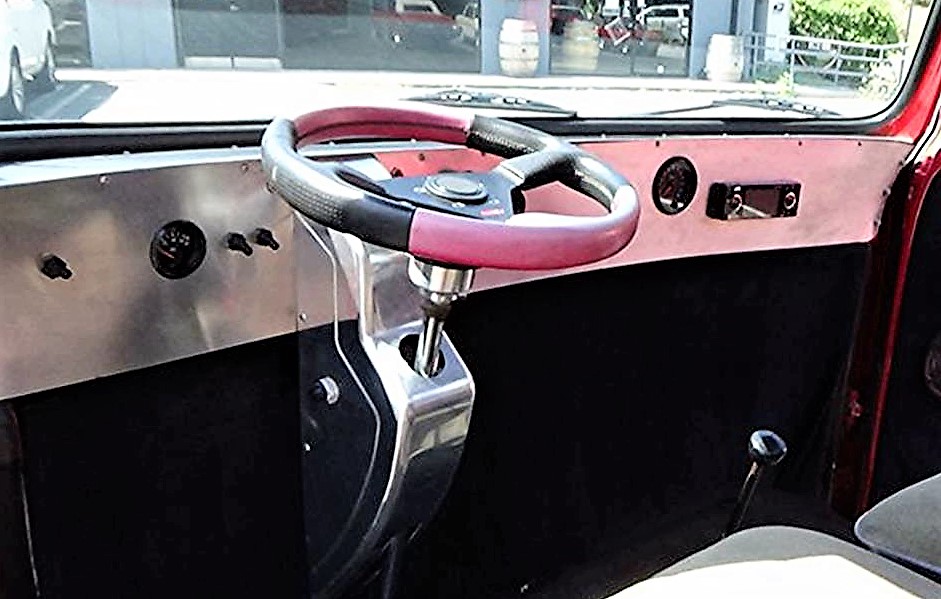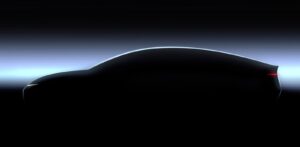
Volkswagen is looking set a new benchmark within its $86 billion electrification plan: Project Trinity.
It’s not quite the Holy Grail but Volkswagen wants to achieve something of a holy trinity when it comes to its $86 billion battery-car program.
The automaker plans to have at least 50 EVs set to be on sale by mid-decade. But it’s facing a flood of competition from automakers old and new, including the segment’s current leader, Tesla. If anything, it has to ramp up its game if its first wave of products, including the VW ID.4, Audi e-tron and Porsche Taycan are any indication.
That’s where “Project Trinity” comes in. The program is meant to “set new standards,” according to VW officials, especially when it comes to two big obstacles to more widespread BEV adoption: range and charging time. To that add a goal of bringing significantly advanced levels of autonomy to the cars that will be developed under Trinity.
Some sort of big breakthrough seems essential if VW expects to meet an ambitious target of having BEVs account for 50% of its sales in the U.S. and China by 2030, and 70% in the European market.
Targeting range, charging times and more
In a statement, VW said the target is a sedan delivering “high range, extremely short charging times, and revolutionary production.” It offered few details beyond a target date of around 2026.
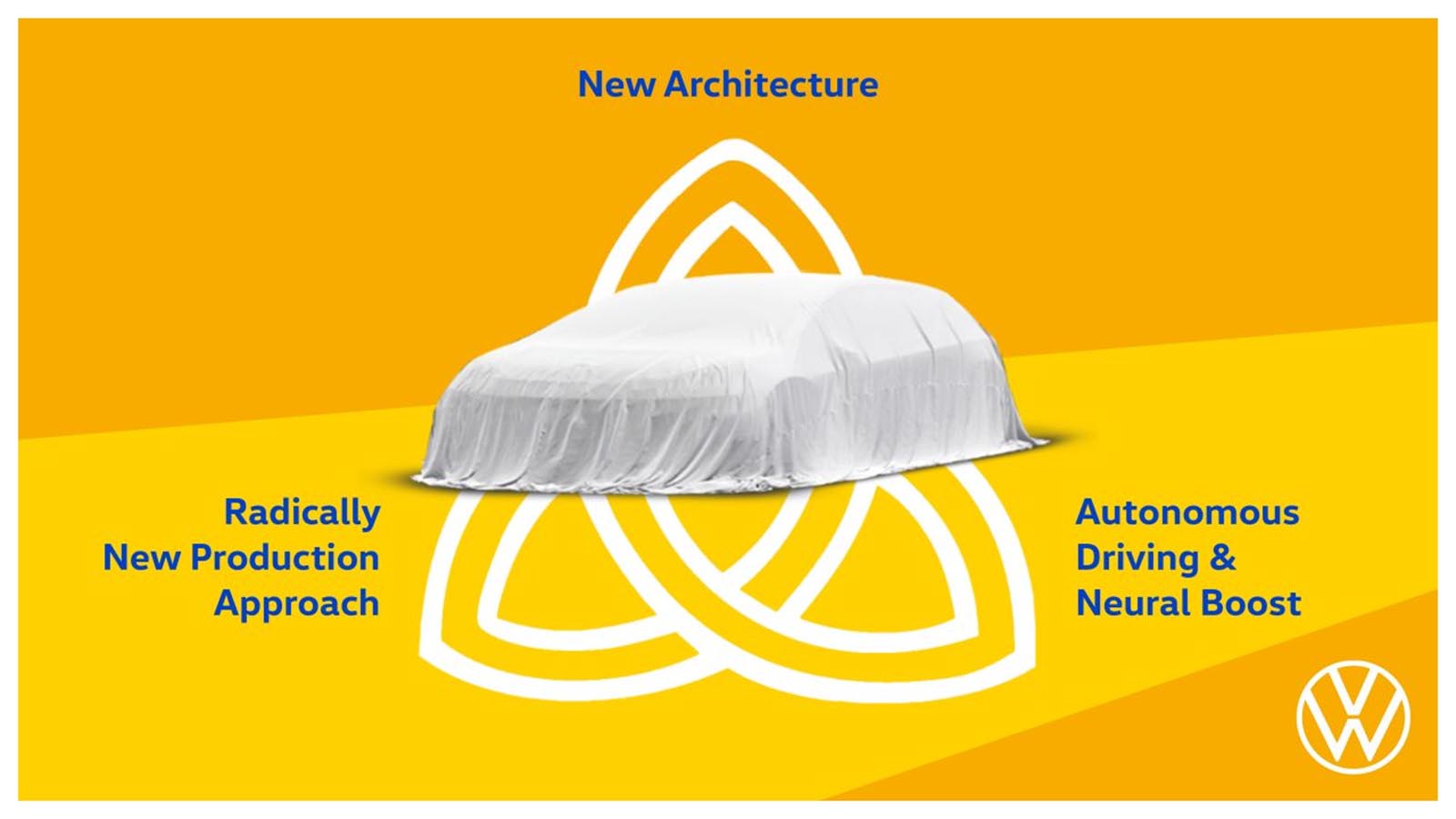
Volkswagen is looking make a big shift forward in its electric vehicle program with Project Trinity.
How VW will get there is far from certain. Among the questions raised by Project Trinity, observers are left wondering whether the German giant plans to update or replace the modular MEB architecture that was intended to underpin the vast majority of the BEVs it was planning to bring to market.
Range is clearly one of the challenges VW faces. The new ID.4, for example, can barely muster 250 miles per charge, and the e-tron and Taycan can’t do any better. Ford is pushing 300 miles with the long-range version of the new Mustang Mach-E. The Tesla Model S now can top 400 miles with an optional pack and is expected to reach 500 miles with the upcoming Plaid edition. Lucid expects to reach 517 miles or more when the EPA gives final sign-off on the Air sedan going into production later this year.
How much range really is necessary?
While 500-plus miles may be more than most buyers will need, there is widespread agreement that a 400-mile target will effectively eviscerate range anxiety, especially as the public charging network expands during the coming decade.

Volkswagen developed a robot that can pull a mobile charging station and “juice up” an EV. The company’s looking at ways to speed up charging.
Charging times are also critical. The Porsche Taycan is currently one of the champs on the market thanks to an 800-volt electrical architecture. The electric sports sedan can get from 5% to 80% state-of-charge in about 22 minutes with one of the newer public fast chargers. The e-tron and ID.4 need roughly double that. The reality is that even the Taycan – or any current Tesla – doesn’t come close to meeting consumer expectations which are more along the lines of what it takes to fill up an empty gas tank.
Could VW get things down below 10 minutes? That’s certainly a good target – and it wouldn’t be alone. General Motors President Mark Reuss told TheDetroitBureau.com last year that this is the number GM aims for with its new Ultium batteries – though not initially.
Addressing the basics
The bottom line, industry analysts believe, is that BEVs are going to have to deliver the sort of convenience motorists now expect of vehicles using internal combustion engines – even while adding other appealing features.
Those include the quiet ride possible only with electric motors, as well as the incredible torque an electric drivetrain can muster up. The Porsche Taycan, for example, can hit 60 in as little as 2.6 seconds and Tesla claims its upcoming Roadster will get there in less than 2 seconds.
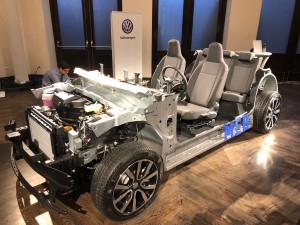
An under-the-skin look at VW’s modular MEB battery-car platform reveals the skateboard-like layout. Could it be replaced as part of Project Trinity?
But there’s another breakthrough the California automaker has been moving ever closer to: hands-free operation. And VW wants to beat Tesla at its own game, promising that Project Trinity will make it possible to have “autonomous driving widely available.” More importantly, this is expected to go well beyond the technology Tesla and General Motors currently offer, reaching something along the lines of what VW described as “Level 2+” capabilities.
3D printing could be in the plan
Exactly what that means is unclear but would suggest the ability to operate hands-free under virtually all circumstances, albeit with a person still behind the wheel and ready to take control in an emergency. The automaker went so far as to suggest Project Trinity could take us right up to the boundary between hands-free operation and the need for no driver at all, what is known in industry-speak as Level 4 autonomy.
The ambitious venture also laid out another intriguing, albeit vague, target. We’ll have to guess what “revolutionary production” might mean. Adding still more robots to its existing assembly lines would hardly seem to qualify unless humans can be removed entirely from key portions of the assembly plant. Another possibility would be the introduction of such technologies as 3D printing to replace conventional stamped and forged components.
VW has been hinting at plans for a major breakthrough in EV design and technology for some time. There are plenty of ways that it might get a leg up on the competition, especially if it can come up with a completely new generation of batteries, such as the solid-state cells expected to slash costs, boost range and speed up charging.
Not surprisingly, the sedan VW is working on will be built at the automaker’s flagship plant near its headquarters in Wolfsburg, with the German newspaper. Die Welt reporting earlier this year that it will carry a starting price of around $42.000.
